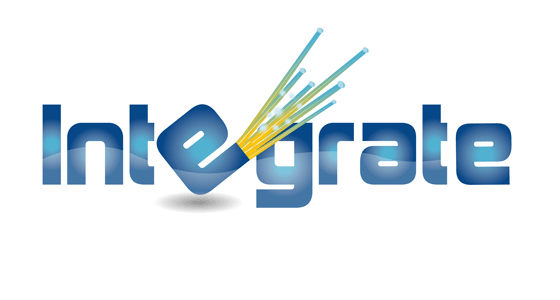For example, for an accounting period, a business reported net credit sales of $50,000. Using the percentage of sales method, they estimated that 5% of their credit sales would be uncollectible. The percentage of sales of estimating bad debts involves determining the percentage of total credit sales that is uncollectible. The past experience with the customer and the anticipated credit policy plays a role in determining the percentage.
Bad Debt Expense Definition and Methods for Estimating
As a consequence, the $50,000 owed by Building Solutions Inc. becomes bad debt for XYZ Manufacturing. Consequently, they record the uncollectible amount as a loss in their financial records. When handling disputes, AR teams can seamlessly loop in necessary team members to ease customer communication when is the earliest you can file your tax return and tap into shared knowledge faster. Customers also receive full visibility into their outstanding balances and can seamlessly make payments through a cloud-based self-service portal. The good news is you can minimize bad debts by optimizing the way you manage your collections.
Calculate bad debt expense allowance method
The reliability of the estimated bad debt – under either approach – is contingent on management’s understanding of their company’s historical data and customers. The allowance method is necessary because it enables companies to anticipate losses from bad debt and reflect those risks on their financial statements. Once the percentage is determined, it is multiplied by the total https://www.quick-bookkeeping.net/billing-account/ credit sales of the business to determine bad debt expense. This is due to calculating bad expense using the direct write off method is not allowed in reporting purposes if the company has significant credit sales or big receivable balances. Now that you know how to calculate bad debts using the write-off and allowance methods, let’s take a look at how to record bad debts.
Create a free account to unlock this Template
Bad debt expenses are classified as operating costs, and you can usually find them on your business’ income statement under selling, general & administrative costs (SG&A). Join the 50,000 accounts receivable professionals already getting our insights, best practices, and stories every month. This minimizes disputes and creates more transparent credit policies, removing barriers preventing customers from paying on time. Collaborative AR makes it easier for your AR staff to communicate with customers to clear up issues that often lead to payment delays, such as disputed invoice charges or missing remittance information.
- The Bad Debt Expense is a company’s outstanding receivables that were determined to be uncollectible and are thereby treated as a write-off on its balance sheet.
- When you sell a service or product, you expect your customers to fulfill their payment, even if it is a little past the invoice deadline.
- The allowance for doubtful accounts nets against the total AR presented on the balance sheet to reflect only the amount estimated to be collectible.
This small balance is most often estimated and accrued using an allowance account that reduces accounts receivable, though a direct write-off method (which is not allowed under GAAP) may also be used. The sales method applies a flat percentage to the total dollar amount of sales for the period. For example, based on previous experience, a company may expect that 3% of net sales are not collectible. If the total net sales for will meghan markle and prince harry’s second child have dual citizenship the period is $100,000, the company establishes an allowance for doubtful accounts for $3,000 while simultaneously reporting $3,000 in bad debt expense. The aging method groups all outstanding accounts receivable by age, and specific percentages are applied to each group. For example, a company has $70,000 of accounts receivable less than 30 days outstanding and $30,000 of accounts receivable more than 30 days outstanding.
Instead of sifting through multiple email threads, AR staff and customers alike can find all the information they need in one place. It creates greater efficiencies, accelerates cash flow, and drastically improves the customer experience. The allowance method is more complex on paper but paints a more accurate picture of your ability to collect invoices. According to the Generally Accepted Accounting Principles (GAAP), companies must follow this method due to the matching principle. When the billing and payment experience isn’t optimized, overall customer experience suffers.
Recording uncollectible debts will help keep your books balanced and give you a more accurate view of your accounts receivable balance, net income, and cash flow. Bad debt is considered a normal part of operating a business that extends credit to customers or clients. Companies https://www.quick-bookkeeping.net/ should estimate a total amount of bad debt at the beginning of every year to help them budget for that year and account for non-collectible receivables. For example, if the bad debt rate is 1%, 1% of the current credit sales would be allocated to the bad debt allowance account.

About The Author: Adrian
More posts by adrian